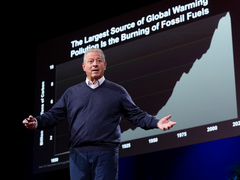
If we want to effectively respond to climate change, we must understand the complex connections that exist between humans and ice. These relationships deserve our attention and respect, says glaciologist M Jackson.
Our glaciers are disappearing. Glaciers worldwide that have existed for centuries are disappearing in human timescales — our lifetimes. This vanishing ice holds staggering consequences.
Today, we have over 400,000 glaciers and ice caps scattered across Earth, over 5.8 million square miles of ice. Each glacier is exceptionally diverse, each fluctuating in multitudes of ways to local, regional and global environmental dynamics.
Substantial evidence tells us that human-made climatic changes are to blame, and the unhappy marriage between immense ice loss and climate change has led glaciers to be increasingly recognized as one of the most visible icons of global environmental changes. And, by virtue of glaciers’ relationship with climatic changes, what I’ve observed is that more and more, the line between the two blurs.
Glaciers act as veritable proxies or stand-ins for climate change — to measure, assess or explain glaciers is to also measure, assess or explain climate change. So when I say a glacier has melted X amount, I’m also saying climate change has altered something X amount.
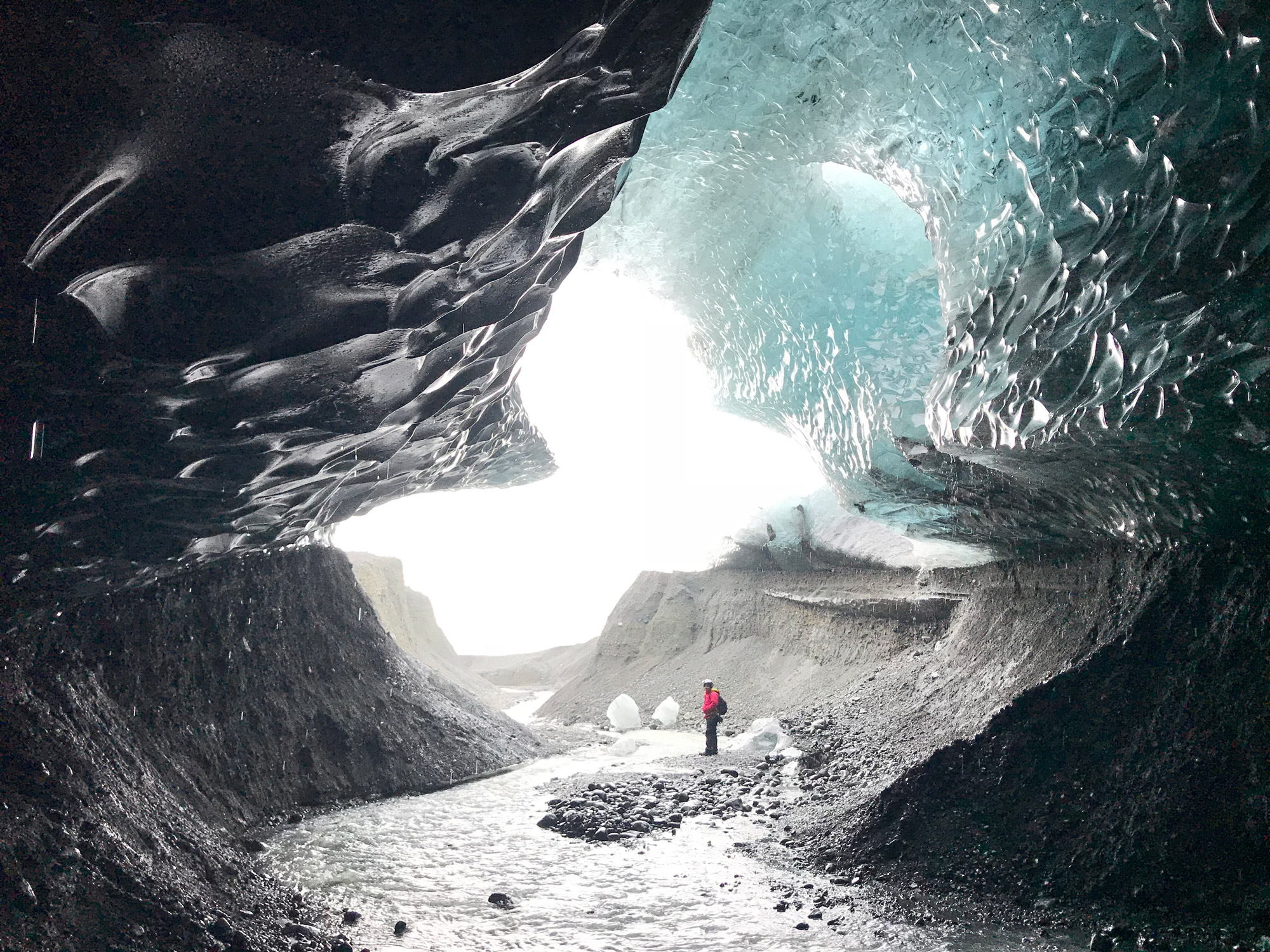
As geophysicist Henry Pollack says, “Nature’s best thermometer, perhaps its most sensitive and unambiguous indicator of climate change, is ice … Ice asks no questions, presents no arguments, reads no newspapers, listens to no debates. It is not burdened by ideology and carries no political baggage as it crosses the threshold from solid to liquid. It just melts.”
Where there are glaciers, there are people (even in Antarctica!), and the two have been interacting for the entirety of human history.
But I have researched glaciers for decades worldwide, and I can tell you glaciers are not just thermometers, and ice does not “just melt.” As glaciers are more and more iconized with climate change, everything else about a glacier seems to fall away — their immense diversity and their complexity. Glaciers are increasingly reduced, simplified and detached from environments, from people, from socio-political-cultural processes. Instead, they’re known more for their single association with climate change.
We recognize today that single stories are problematic. As Nigerian writer Chimamanda Ngozi Adichie thoughtfully observed in a TED Talk, “The single story creates stereotypes, and the problem with stereotypes is not that they are untrue, but that they are incomplete. They make one story become the only story.”
While single stories are easy, they’re composed of half-truths, fragments, small bits that masquerade as the whole. They transform into social fact quicker than you summon the energy to even consider fact-checking. And while Adichie was referring specifically to single stories of culture, people and Africa, single stories are also problematic for ice. They bolster perceptions that all a glacier can be is its melt. But that’s like saying that all a person can be is their gender identity, or their immigration status, or even their death.
So I’ll tell you, there are no single stories of glaciers.
Where there are glaciers, there are people (even in Antarctica!), and the two have been interacting for the entirety of human history. It is almost unimaginable in the face of the dazzling diversity of humans across this planet throughout time and the immense geographic diversity of glaciers that we know ice today largely through a single story of melt.
Glaciers are profoundly entangled with people, and glaciers influence human societies as much as human societies influence glaciers.
In Iceland, where I’ve lived and worked for nine years, the glaciers are noticeably receding, but this does not necessarily mean they’re melting. I found that Icelanders often interpreted glacier change first through the lens of their own cultural stories about them. Older Icelanders tell stories of immense destruction at the hands of surging glaciers, and they speak of feelings of safety and relief that the ice is now receding and can no longer harm them. Other Icelanders point to centuries of recorded stories of local glaciers growing and shrinking and say these accounts are evidence that, while glaciers today may be receding, this is not particularly evidence of climate change in Iceland. These people emphasize that the glaciers will return in a decade or so.
Other Icelanders tell me stories of glaciers alive, breathing, watching, waiting. Younger Icelanders tell stories of how they’re returning to the southeastern coast to work with the thousands of tourists drawn there each year by the island’s receding glaciers. They are struggling to make sense of the individual profit they’re making from glacier recession, of how they can learn to navigate short-term financial benefit in the face of a much larger phenomenon of change.
Glaciers are profoundly entangled with people, with individual and community lifeways — and glaciers influence human societies as much as human societies influence glaciers. And I’ve come to realize it’s vital we begin understanding these deep connections between people and ice. It is these connections that shed light on the harrowing complexity of being alive today during this time of immense environmental and social change.
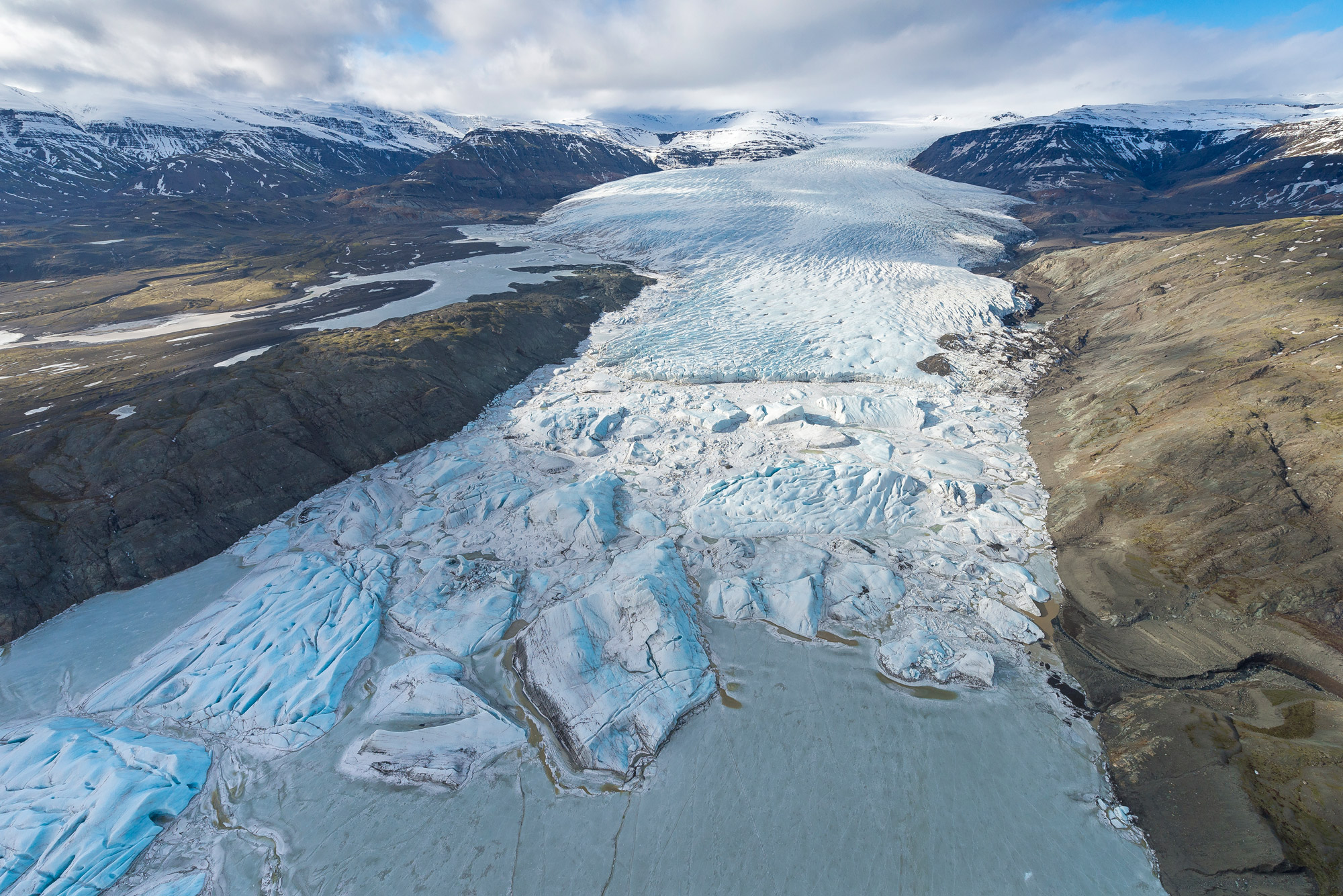
In order for all of us to realistically move forward with needed mitigation, adaptation and transformation strategies to engage with our world and to get diverse peoples worldwide to understand climatic changes and participate, it is critical to begin paying attention to the nuanced stories people tell about their environments. It is these stories that often determine what people can and cannot see and how people fit themselves into larger processes at play.
Today, as anthropogenic climatic changes intensify throughout the troposphere — the layer of atmosphere where you and I live, and where climate happens — I suspect that the questions of critical importance will no longer center on whether the planet’s glaciers are transforming. Rather, the important questions center on how, and to what effect. Who will people be without ice?
The research about glaciers tells us about their physics and chemistry, but it doesn’t tell us what happens to people as they melt. It is only one chapter in a much larger book of ice.
Up until now, the overwhelming majority of research investigating glaciers has been from the perspective of the physical sciences. It has focused on the physics and chemistry of glacial ice, impacts of glaciers on land systems and issues of ice mass reduction, recession rates and climate modeling. The information derived from these studies is of substantial value, but it often keeps within the well-worn groove of glaciers-as-barometers. It tells us about the mechanics of glaciers but cannot tell us much about everything else. It doesn’t tell us what happens to people as glaciers melt. It is only one chapter in a much larger book of ice.
Occasionally people are included in this story, but it is usually within the context of melt and a specific, predicted outcome that melting glaciers might entail for communities: destruction. For example, glacier melt is threatening the livelihoods and lifeways of 1.5 billion people in the Himalaya region. But this is the single conclusion to the single story — people suffer.
I’ve returned to glaciers I’ve researched for years to find them unrecognizable and withered, and this breaks me.
Glacier change is neither all negative nor all positive, however. I do not deny the seriousness of glacier melt, nor its exacerbation by anthropogenic forces and the unassailable reality that people across the world are losing their ice — there are and will be many grave impacts as a result of this unprecedented loss. Climatic changes and global glacier recession have created and will create complex problems for many people in many places over many time periods. At times, I’ve returned to glaciers I’ve researched for years to find them unrecognizable and withered, and this breaks me.
The single story of glaciers has not been, and is not today, representative of the entirety of the life of a glacier, a life that includes individuals, communities, culture, scale, negative and positive impacts, geography, place. I have been privileged to get to know many glaciers across this planet, to sit down and listen to diverse interpretations, stories and knowledges of glaciers told from hundreds of perspectives by people who live near and far from ice. I have listened to countless stories of glaciers and witnessed profound complexity. Especially in Iceland.
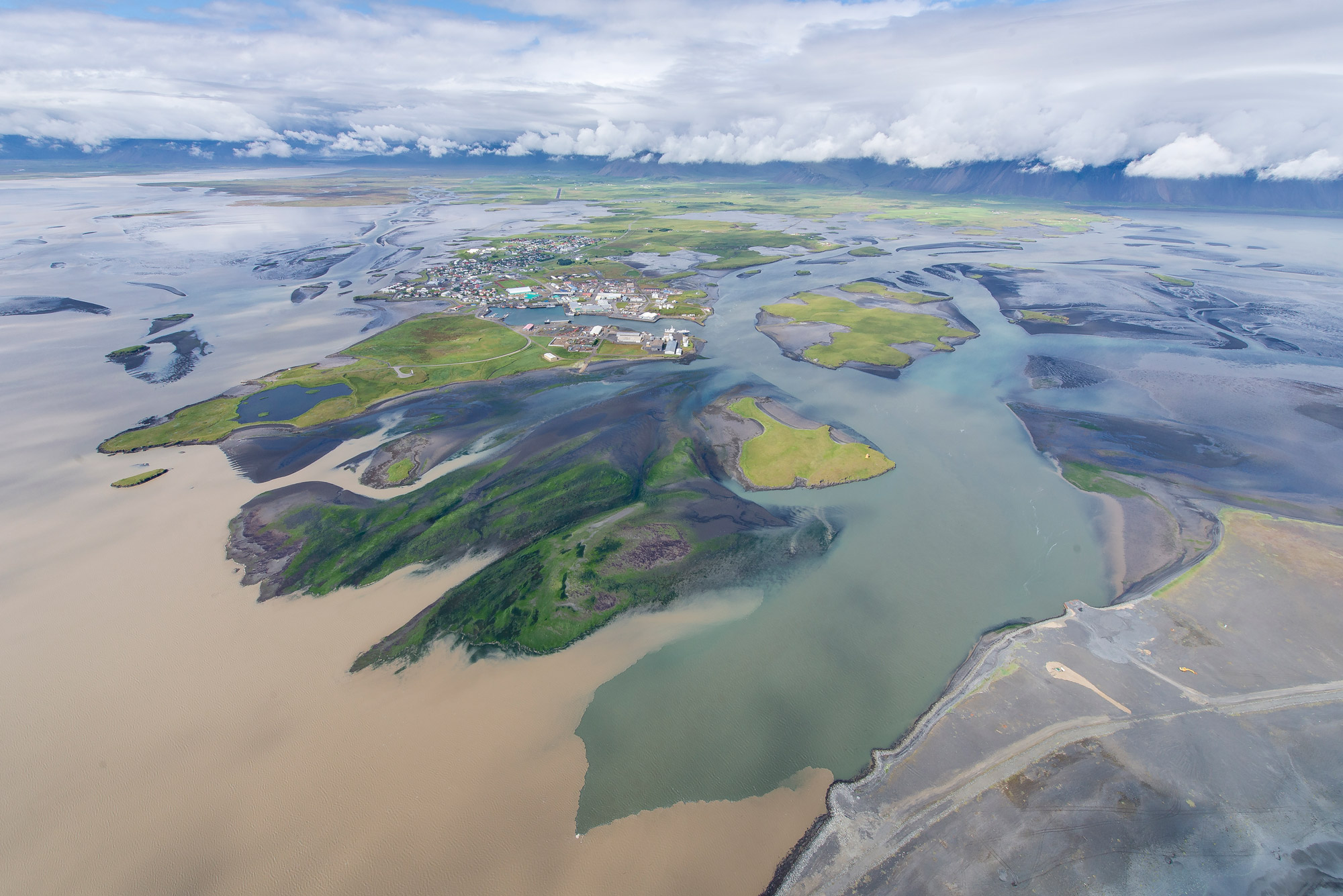
I have traveled in and out of Iceland and the municipality of Hornafjörður for over nine years working for National Geographic Expeditions, and in 2015 to 2016 I lived in the muncipality’s main village of Höfn for a year to research people and ice while finishing my doctorate degree. Hornafjörður is a thin strip of coastal land stretching along the southern belly of the island, beset by wind, low clouds, thick fog, occasional trees contorted at their bases, skittish reindeer and intermittent Arctic foxes, vibrating calls from the common snipe and continuously shifting intensities of light.
Just as no two people in the world are ever the same, neither are two glaciers.
Glaciers are visible from almost every structure in Höfn, and they are the dominant forces in the surrounding countryside. Generation after generation of Icelanders have continuously lived there since the Settlement of Iceland, with isolated families eking out marginal livelihoods farming, harvesting fish from the sea and negotiating the regions’ oscillating glaciers. Today, thousands of tourists arrive each year to experience the landscape and interact with ice, and locals are finding their icy neighbors to be objects of global attention and sources of lucrative income.
As glaciologist Helgi Björnsson wrote, “Nowhere in Iceland has the proximity and relationship between man and glacier and its rivers been so intimate and difficult than along the coastline south of Vatnajökull.” A local man told me, “My father used to sweep the glacier from his door each morning.”
To me, Hornafjörður captures the rich diversity of both how people interact, interpret and narrate glaciers and the rich diversity of glaciers themselves. Just as no two people in the world are ever the same, neither are two glaciers. From Höfn, five glaciers dominate east to west. There’s Hoffellsjökull, a glacier pivotal to the Icelandic history of glaciology and demonstrative of the connections between Icelanders and ice; Fláajökull, which has historically released many devastating glacier floods on the community; Heinabergsjökull, a “chimera glacier” that is receding in a much less visible way and has propelled diverse interpretations of glacier change; Skálafellsjökull, a glacier that embodies different perceptions of livingness to the people who live near it; and Breiðamerkurjökull, a glacier not visible from Höfn but that, through tourism, has had profound economic impacts on the village and region.
Years ago, Canadian anthropologist Julie Cruikshank asked, after decades researching indigenous people and glaciers in Alaska and Western Canada, if glaciers were “good to think with.”
I emphatically respond to that question with a “yes!” grounded in distinct glaciers, individuals, communities, cultures, scales, geographies and place. My “yes!” is supported by the belief that in order for all of us and our environments to make it through this time of immense transformation, we need to begin thinking with our glaciers, our rivers, our local landscapes and our environments. The time has come for new ways of telling stories about glaciers — and for listening to the stories glaciers tell us.
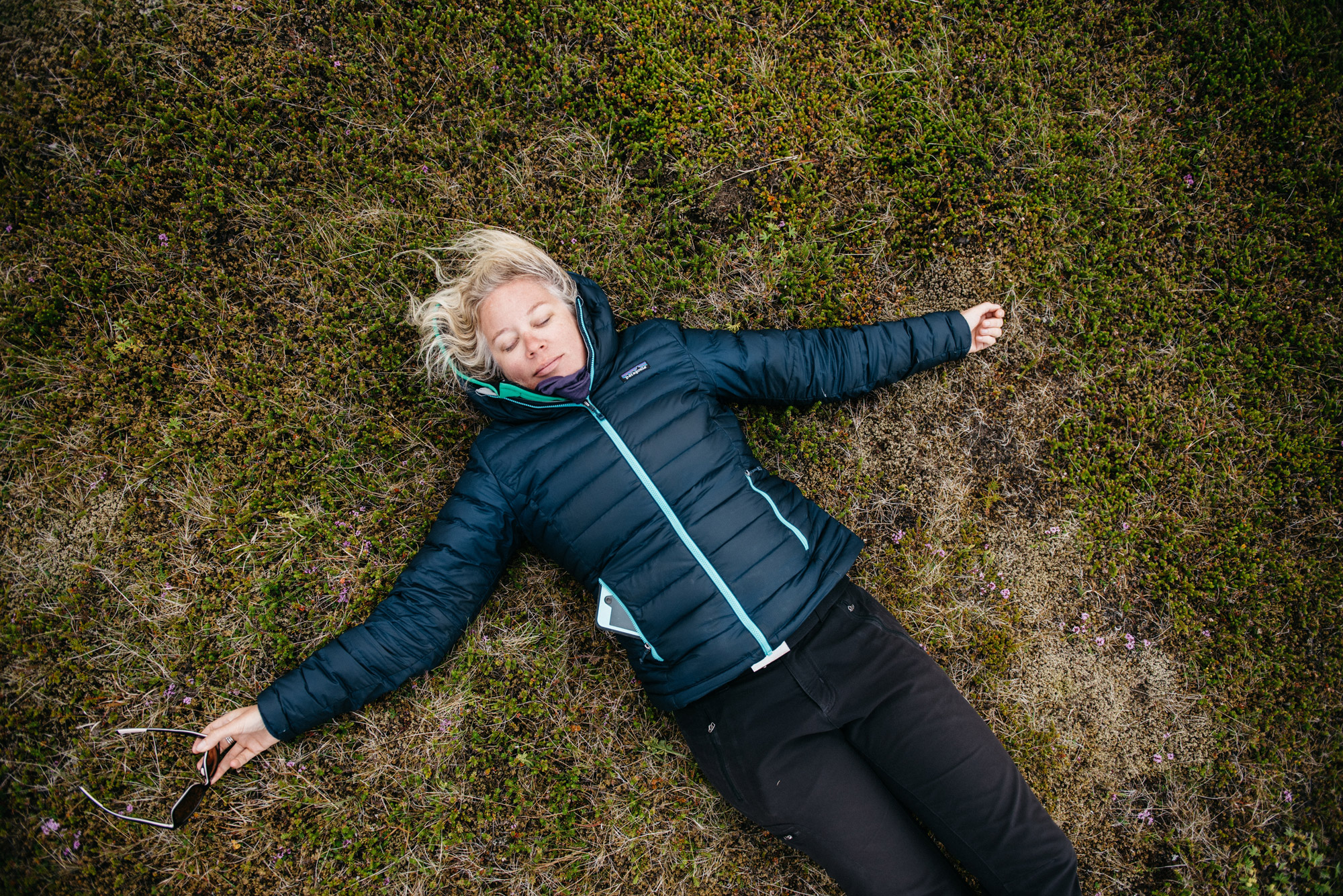
Excerpted from the new book The Secret Lives of Glaciers by M Jackson. Reprinted with permission from Green Writers Press. Copyright © 2019 by M Jackson.
Watch her TEDxMiddlebury talk here:

